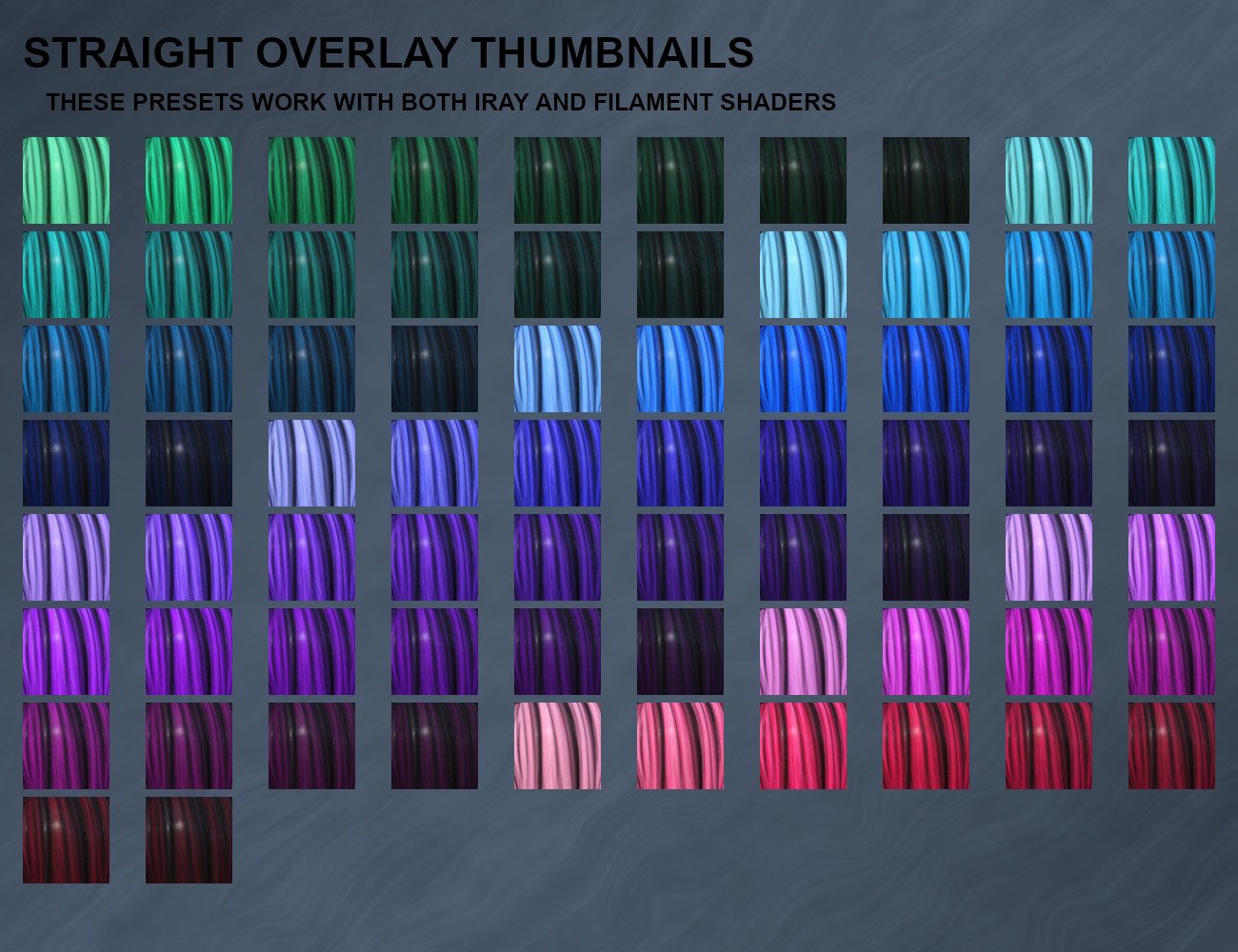
One exceptional case is the flexible filament. For similar reasons, many enterprises and professionals choose filament for props, jigs and fixtures, toys, assemble parts, and education models. Prototyping is the most common application which requires lower mechanical property from the material itself.

Although its thermoplastic nature decides its limitation in the mechanical dimension, filaments find its value in prototyping and light-duty usage.

How is 3D Printer Filament Used?ģD printed objects by filament have been applied in wide areas. While more advanced filament and printing efficiency require higher capacity from professional FFF printers whose printing temperature can reach 300 Celsius Degree, such as Raise3D E2. Generally, consumable FFF printers provide maximum printing temperatures around 260 Celsius Degree, which can cover basic plastic filament printing. Total usage from such a roll can be expected to be approximately 98 iPhone 5 cases.įilament with different material has different printing temperature and properties which will be discussed later. Consumers can find most 1.75mm plastic filament is sold in 1KG per spool as much as the length of 330 meters.

The former one has a dominant market share due to its better printing performance such as extrusion flow consistency. Determined by the thermal extrusion process of FFF printers, the raw material of filament is thermoplastic material including most widely applied plastics in life, as well as some special formula material for a certain purpose.Ĭurrently, Filaments are manufactured with two standards as 1.75mm radius and a 3mm radius.

Differentiated from powder and liquid resin for other 3D printing technology, the filament is produced into one continuous slender plastic thread in hundred meters long, which is usually spooled into a reel for purpose of storage and printer feeding. It is one of the most commonly used 3D printing material categories in the world now. 3D printer filament is a certain kind of printing material used by the FFF type 3D printer.


 0 kommentar(er)
0 kommentar(er)
